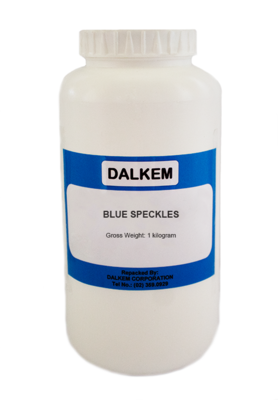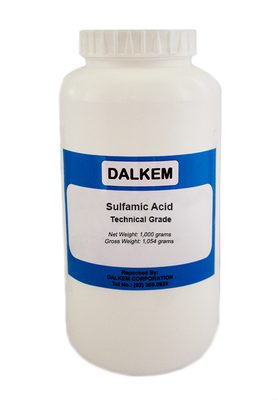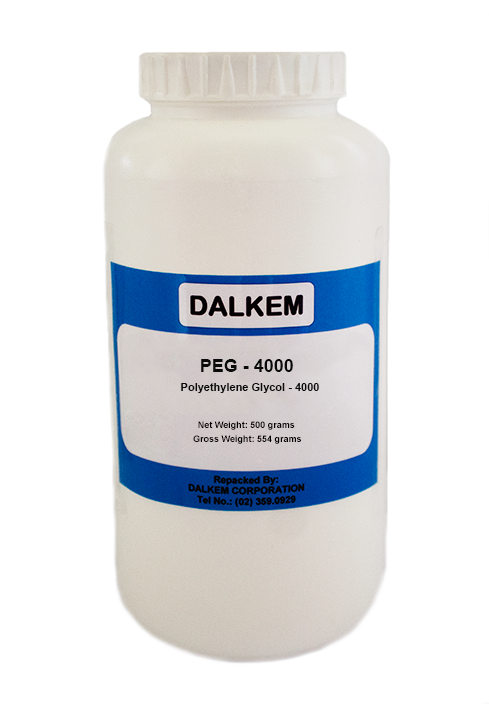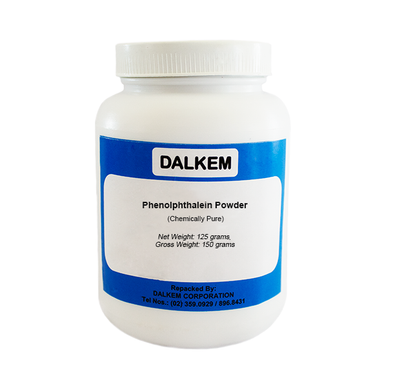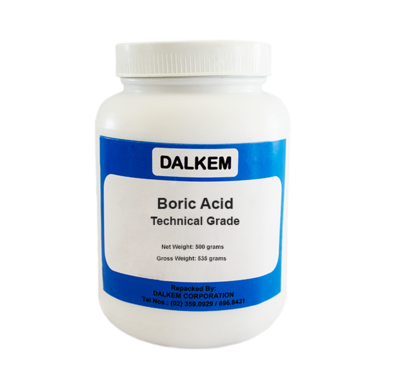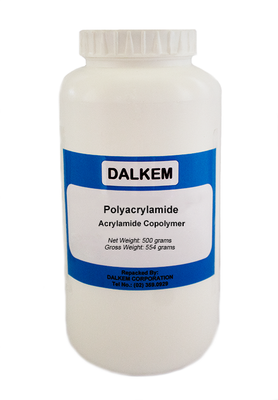Polyethylene Glycol PEG 4000
Polyethylene glycol (PEG) is a polyether compound with many applications from industrial manufacturing to medicine.
Other Known Names:
polyethylene glycol 4000, Carbowax
Molecular Formula : C2nH4n+2On+1
What is Polyethylene Glycol (PEG)?
Polyethylene glycol (PEG), a long chain polymer known by its trade name Carbowax, is commonly used in preparation.
Water-soluble, it is best used as a removable support for small and fragile fossils and as a temporary filler for molding.
Long-term use is not recommended as it remains tacky and attracts dust.
It can migrate into porous bone when applied as a melted liquid, causing staining.
The molecular weight of PEG defines its consistency and melting point.
Molecular weights range from PEG 200 (a clear viscous liquid at room temperature) to 20,000 (a hard opaque white solid) each having differing properties.
PEG 3300 and 4600 are fairly hard, stiff and brittle.
These grades offer good support and may removed manually from a fragile fossil that can be damaged by immersion in water.
Uses / Applications:
• CASE: Humectant in Inks and Adhesives; Solvent, Dye Carrier in Inks; Modifier and Binder in Latex Paint; Dispersant in Water Based Coatings
• Renewable Chemistries: Our PEGS are Bio-Based, Made from Sugar Cane Waste • Lubricants and Greases: Additive in Synthetic Lubricants, Cutting Oil and Hydraulic Fluids
• Metal Working Fluids: Acts as a Solvent in Soldering Flux
• Personal Care: Used as a Base for Skin Creams and Lotions Acting as a Solvent, Humectant and Lubricant; Solubilizer in Creams, Lotions and Bath Gels
• Plastics: Mold Release Agent and External Lubricant
• Rubber: Mold Release Agent and Lubricant in Production of Natural and Synthetic Rubber
